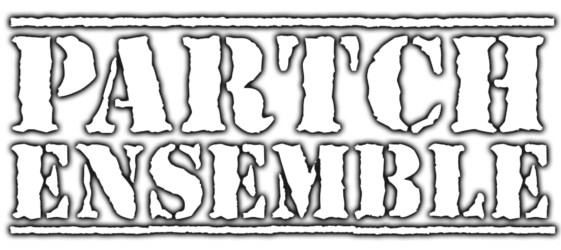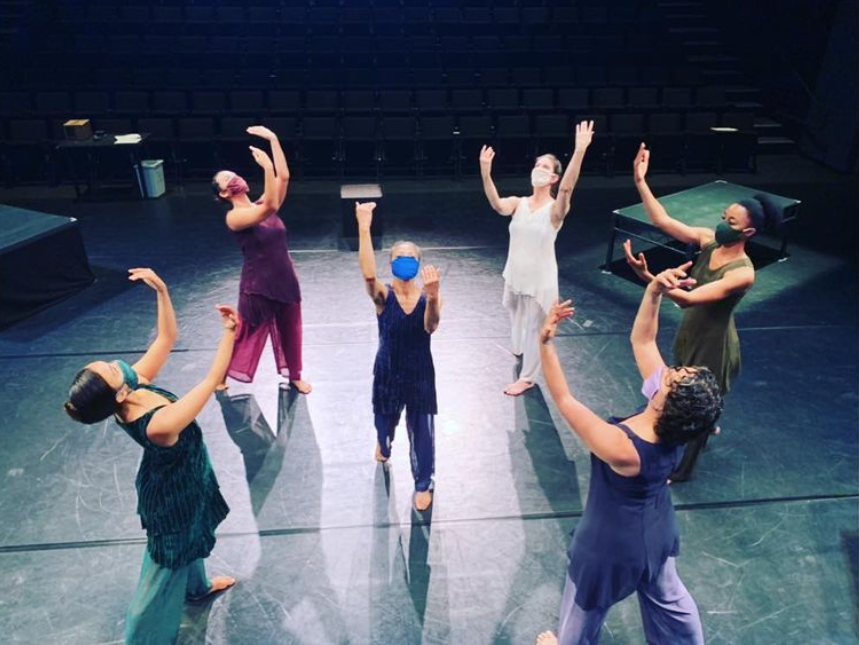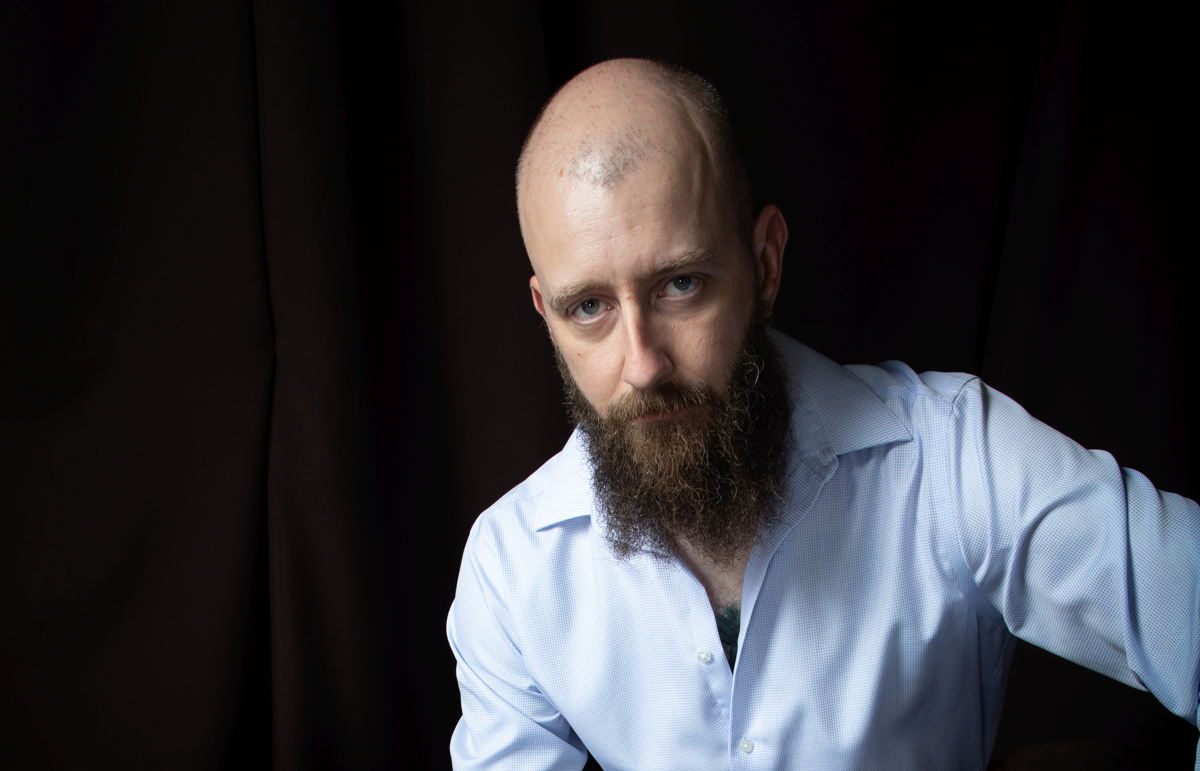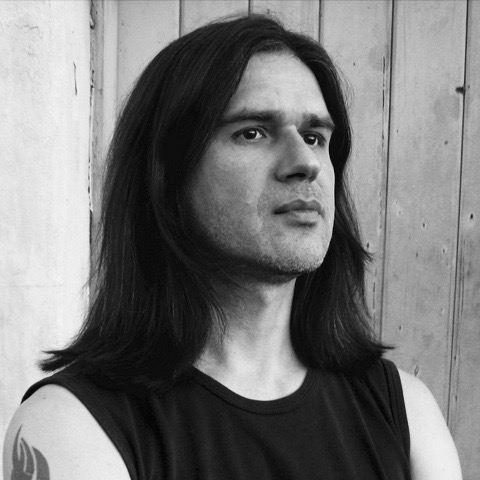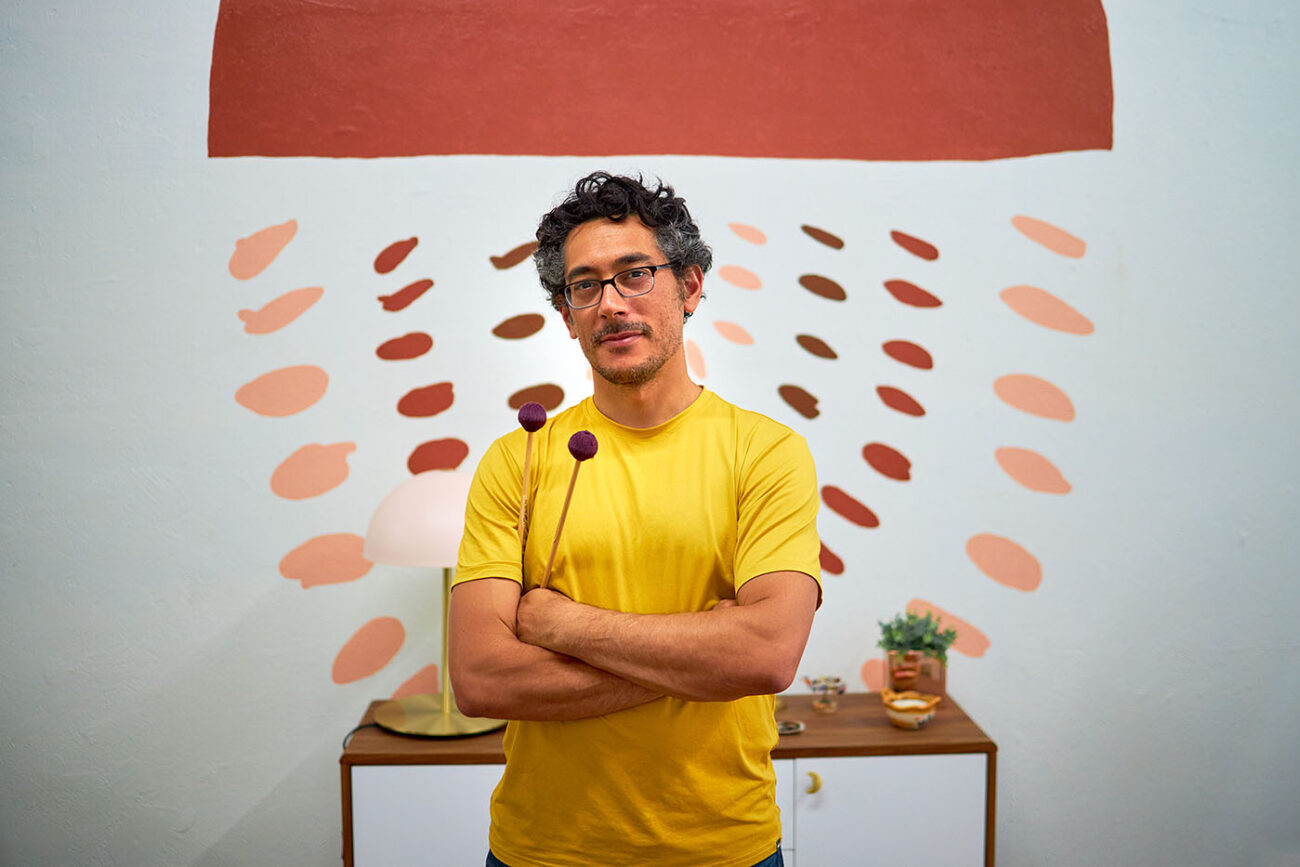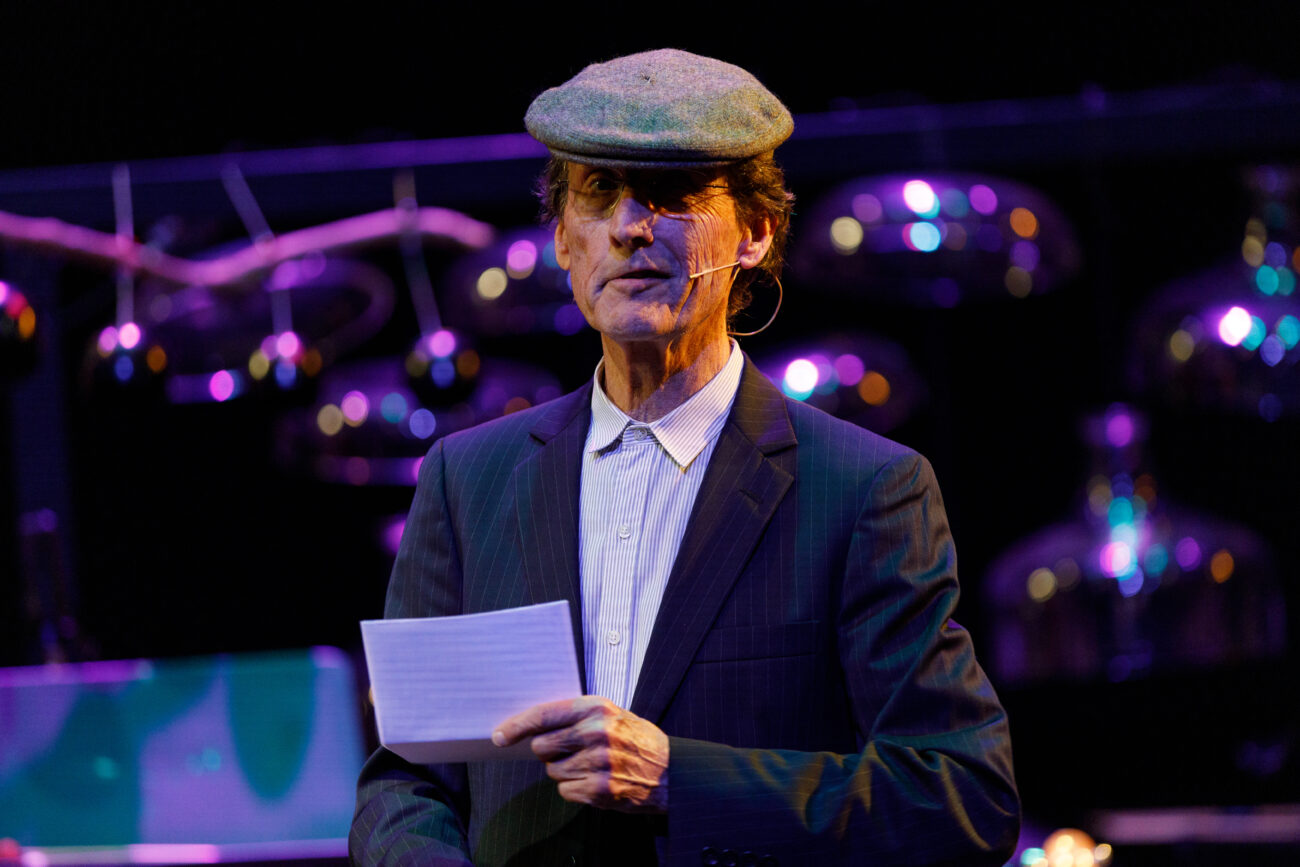Five-Corner Square by T.J. Troy
-
Notes
Presented remotely on June 4-5, 2021
Five-Corner Square is the first in a series of planned compositional studies designed to explore the melodic and harmonic possibilities of the Mallet Trio of the Partch instrumentarium, consisting of the Bass Marimba, Diamond Marimba, and Boo (Bamboo Marimba). The Mallet Trio is a distinct voice used throughout Harry Partch’s repertoire, and having served 18 years as PARTCH Ensemble’s resident Bass Marimbist, it has brought immense joy to my life as a performing artist to engage these unique compositional moments, and so given the opportunity to create new music for the Ensemble to perform, this instrumentation was a natural fit for my compositional endeavors and a great opportunity to create new music to perform with my bandmates Erin Barnes and Nick Terry. A virtuosic tour de force, the piece is intended to light the fire of inspiration under each player, as its rhythmic complexity and statistical density only become magnified as the trio enjoins itself in its culminating counterpoint.
-
Troy, T.J.
Darkness Within Darkness by Alex Wand
-
Notes
Text: Verse One of Tao Te Ching by Lao Tzu
trans. Gia-Fu Feng and Jane English
Featuring Matt Cook, Derek Stein, Argenta Walther, and Alex Wand
Darkness Within Darkness is a setting of Verse One of the Tao Te Ching. It is part of a series of compositions I have worked on for several years with the goal of setting to music the eighty one verses of the Tao Te Ching. My first encounter with the Tao Te Ching was in 2013 when on a music tour from Shanghai to Tibet with Wang Ping, a Chinese poet and writer. She introduced me to the book and has since encouraged my setting it to music. The piece features Harry Partch’s gourd tree, cloud chamber bowls, and adapted guitar I, as well as voices and cello. I hope to express the meaning of the text with the intonation and unique timbres of these instruments.
Verse One of Tao Te Ching by Lao Tzu, translated to English by Gia-Fu Feng and Jane English.
Copyright 2011. Used by permission of Jane English, eheart.com.
-
Wand, Alex
Over the Edge of the World by Ulrich Krieger
-
Notes
Live at REDCAT, June 4-5, 2021
Over the Edge of the World is a response to Partch’s own Ulysses at the Edge of the World, which i had been performing with the PARTCH ensemble several times. It poses the questions: what if Ulysses actually did go over the edge of the world? What would he have found there? At the moment the edge of the world is being researched in string theory and seems to lead into 11 dimensions. But how does traveling in 11 dimensions feel? On a technical side: the piece uses an 11-limit C-minor scale. Each of the three instruments follow its own structure, being a subset of the overall structure of the piece, using a slightly different version of this C-minor scale.
-
Krieger, Ulrich
Mount San Antonio 1944 by Daniel Corral
-
Notes
Mount San Antonio 1944 is inspired by a text written by Dale F. Stewart on June 27, 1944, in a notebook found at the peak of Mt. San Antonio (AKA Mt. Baldy). Stewart was at Caltech that year, and Caltech was heavily involved in the USA’s war efforts in both Europe and the Pacific. US troops had landed at Normandy only three weeks prior, and the US military would detonate atomic bombs over Hiroshima and Nagasaki about one year later (several key Manhattan Project personnel were from Caltech). Meanwhile, JPL co-founder Jack Parsons would soon leave the institution – due in part to his devotion to occultist (and mountaineer) Aleister Crowley and budding friendship with Scientology founder L. Ron Hubbard. All of this is to say that there was probably a lot on Dale F. Stewart’s mind as he surveyed the vistas from Mount San Antonio.
Additional Instruments:
Voice
-
Corral, Daniel
feel of the needle when at last you pull the needle through it by Daniel Rothman
-
Notes
A year ago I read The Emissary by Yoko Tawada, which inspired me to propose to her a musical theater adaptation of it. Having her consent, I conceptualized it for the PARTCH Ensemble and immersed myself in the subtleties of things Partch and Japanese—both surprisingly complementary in ways well expressed by the haiku of Santoka Taneda, used here as my title.
Double Helix – from the opera LSD: Huxley’s Last Trip by Anne LeBaron
Listening to Lu Tzu by John Schneider
-
Notes
PARTCH ENSEMBLE: PREMIERES Six World Premiere compositions created in 2020/21 as part of PARTCH Ensemble’s Commissions Project Text: Li Po (China, 701-762c.e.), trans. David Hinton Partch’s Adapted Guitar II sounds rather like an ancient Chinese ch’in, the venerated table zither strung with 7 silk strings, said to be the favorite of Confucius. Its sliding notes, harmonics, and subtleties of expression, famously inspired several millenia of evocative repertoire. In this modern setting, the large 1” plastic dowel used to stop the strings is—at one point—used as a bow to recreate the wind singing through the pines that Li Po so elegantly conjures in this medieval paean to the power of music. Text: Li Po (China, 701-762c.e.), trans. David Hinton.
Partch Instruments:
Adapted Guitar IIAdditional Instruments:
Voice
-
Schneider, John
Castor and Pollux (1952) with choreography by Sarah Swenson
-
Notes
World premiere choreography by Sarah Swenson
Performed by Cheryl Banks-Smith, TamsinCarlson, Queala Clancy, Tori Cone, Miranda Cox, and Sarah Swenson
Perhaps the only ‘triple exposure’ in music history, Partch called this infectious dance music, “A tribute to the twin stars of luck. Atonal-dynamic dithyramb. A ritualistic ecstasy…In Castor each of the first three sections requires pairs of different instruments and dancers, all three of which have identical measure patterns, but not necessarily the same rhythms. Number 4, then, is the total of these, played and danced simultaneously. Thus, three different compositions become one composition—the “Delivery,” the logical result and the sum total of the factors that make it inevitable. Pollux follows the same plan: Numbers 5, 6, and 7 combined to result in Number 8.”
Partch Instruments:
Bass Marimba, Castor and Pollux, Cloud Chamber Bowls, Diamond Marimba, Harmonic Canon, Kithara

